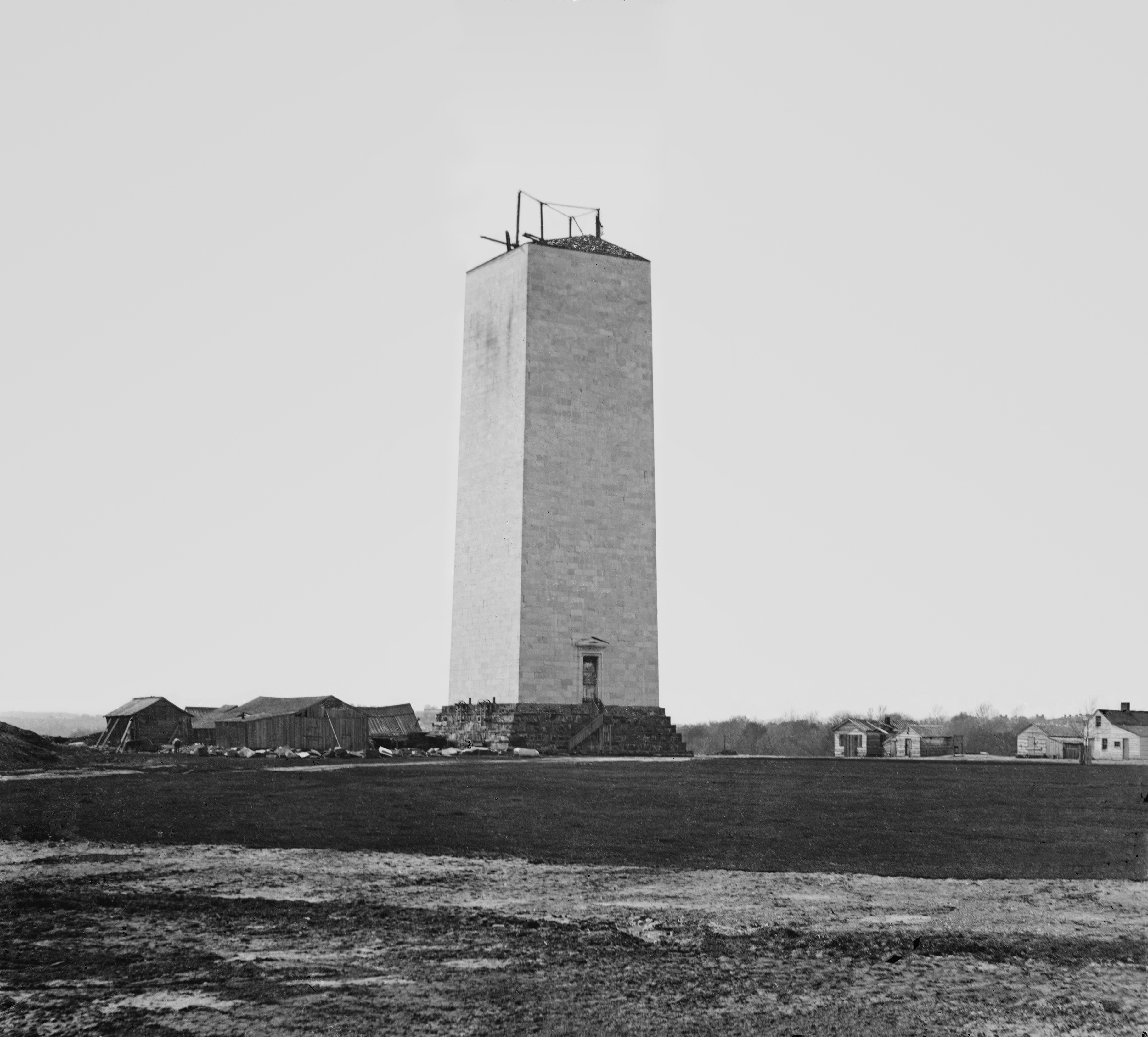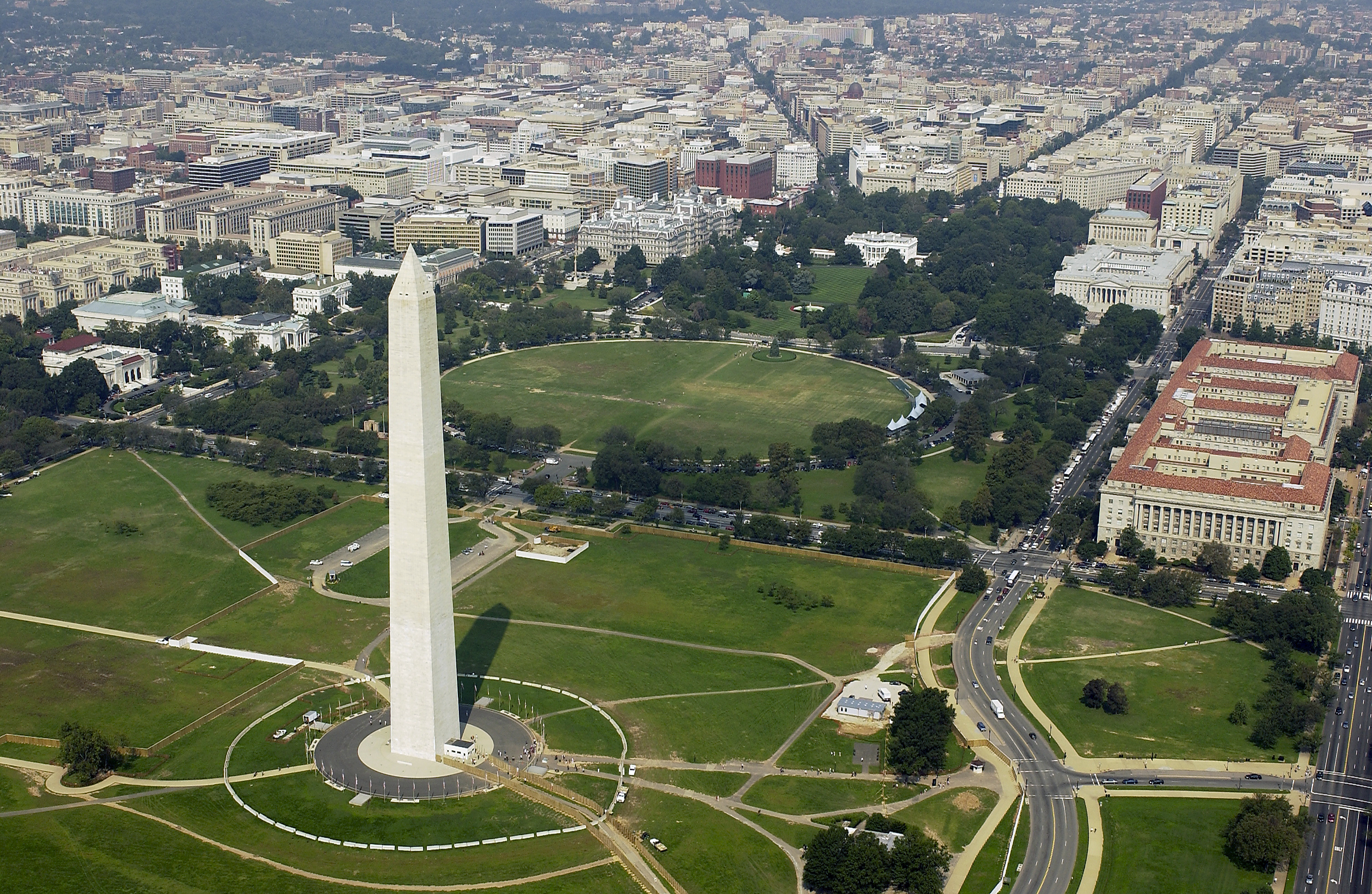WHY THIS CONSTRUCT?
Construction of the Sagrada Família began 133 years ago this week but besides its remarkable gothic design and art nouveau contribution to Barcelona’s skyline, it has another reason to be famous. Over a century later, construction is still underway. Although its architect, Antoni Gaudí, often said “my client is not in a hurry” (his ‘client’ being God), construction is now progressing rapidly thanks to the use of innovative technologies. It has since been announced that Gaudí’s “unfinished masterpiece” will be completed in 2026 – in time for his centenary.


ABOUT THE BASILICA
As expected, opinions on Gaudí’s style have been mixed but his spirit of innovation is evident in the legacy he has left. At the time of Gaudí’s death in 1926, less than a quarter of the Basilica had been completed, and it progressed slowly for the next few decades owing to the Spanish Civil War and the need for private donations. Although new machinery was being utilised, it is fair to say that the introduction of computers into the design and construction processes, in the 1980s, was a pivotal moment. Pioneering research has also taken place since the mid-1990s into the flexibility of parametric modelling throughout construction projects.
As new technology has arisen, the construction of the Sagrada Família has accelerated. Jordi Bonet i Armengol, the monument’s 88-year old chief architect, said “I never thought we could go this far”, who, like many others, hadn’t even been able to envisage its completion. CAD and stone-cutting technologies have dramatically cut the labour time and costs. BIM is now being used for the latest stages of the Sagrada Família, offering an accurate visualisation of how the Basilica will look once complete – a welcome sight and an example of technology’s ability to revolutionise the construction process.

In keeping with Gaudi’s vision of longevity, the Sagrada Família School was built next to the church, for the children of the construction workers and children from underprivileged backgrounds. Although the School has been relocated, Gaudí’s progressive approach and sense of social responsibility have served as inspiration for many.
LEGACY
The Sagrada Família began serving its true purpose when it was consecrated by Pope Benedict XVI in 2010 and has since held daily mass.
It is an impressive example of persistence and the effect innovative technology has on construction, especially in bringing together generations of construction workers, engineers and architects.

The Construct Series is here to explore the industry in a wider, cross-disciplinary sense, to champion the creativity of the past, as we drive the future of construction. We’ll be foregrounding innovation which is at the heart of BaseStone’s technology.
![]()
A special thanks to The B1M for the Visualisation of the Finished Basilica.
The B1M is the definitive video resource for BIM, inspiring one million people to mobilise widespread BIM adoption.
The roof under construction, 2009
Construction workers and aerial work platforms in the nave
Subscribe to our blog






